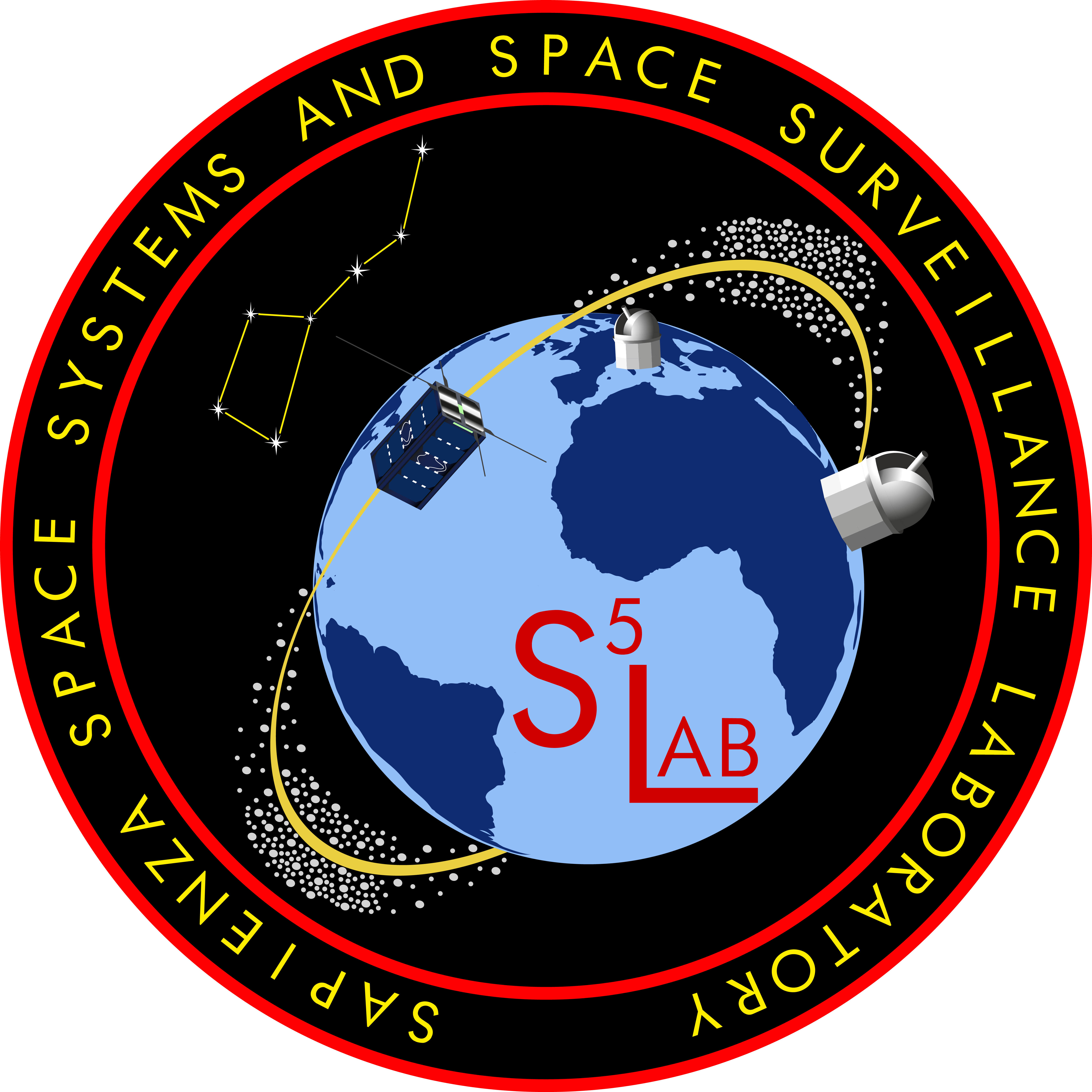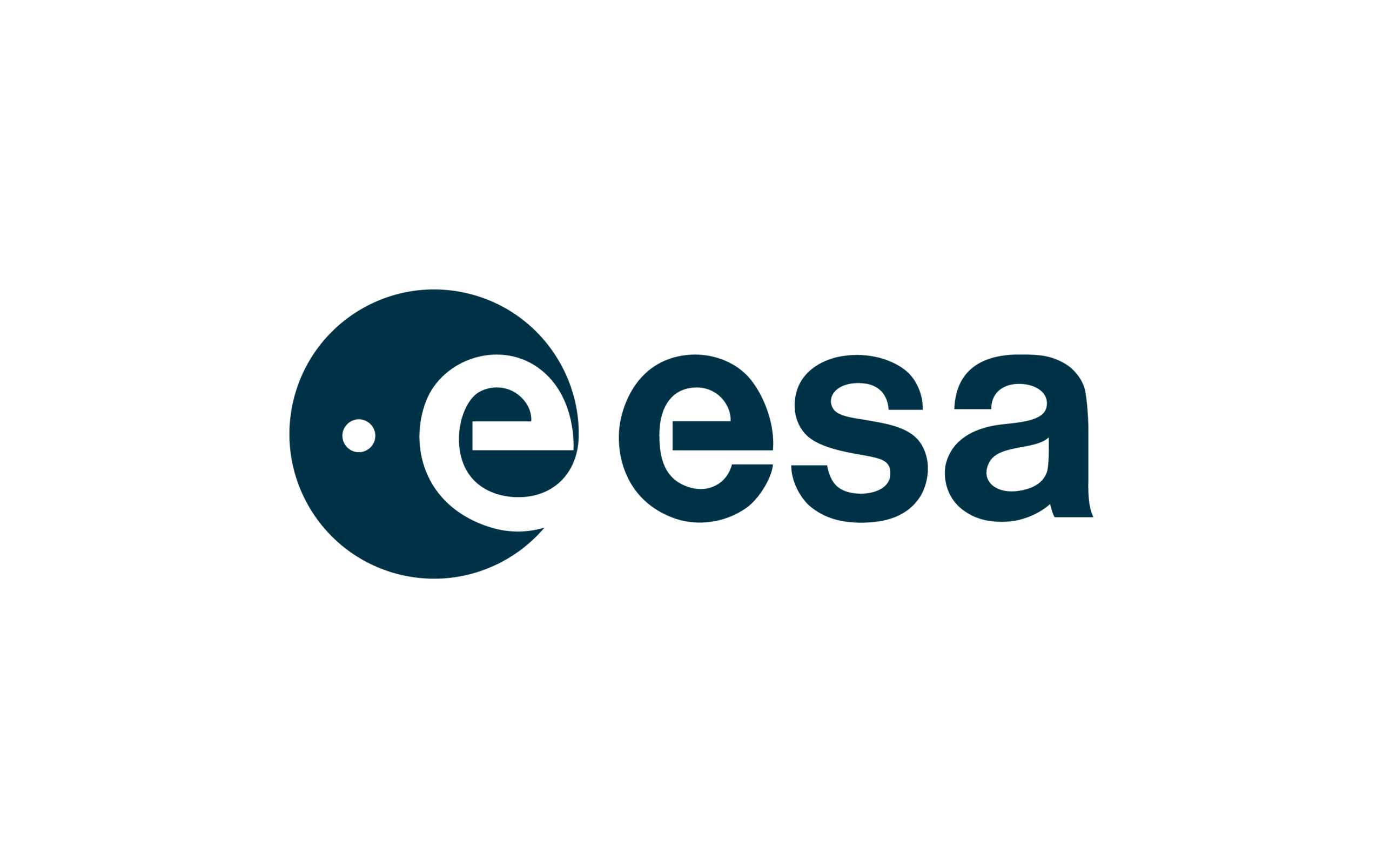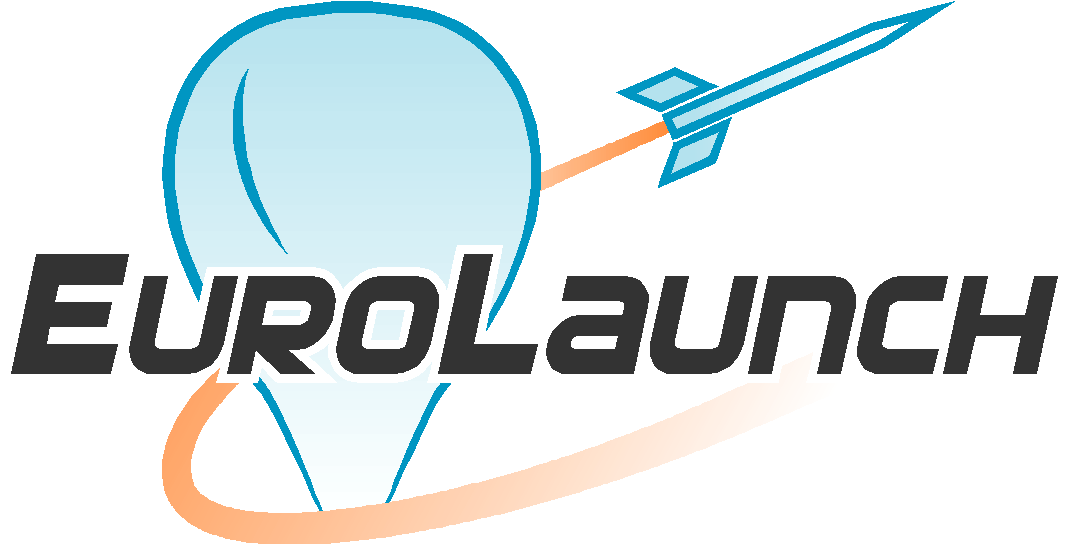S5LAB REXUS/BEXUS Programme Missions
Explore the journey of innovation and discovery with our dedicated missions under the REXUS/BEXUS programme, where academia meets aerospace excellence.
The REXUS/BEXUS Programme
The REXUS/BEXUS programme allows students from universities and higher education colleges across Europe to carry out scientific and technological experiments on research rockets and balloons. Each year, two rockets and two balloons are launched, carrying up to 20 experiments designed and built by student teams.
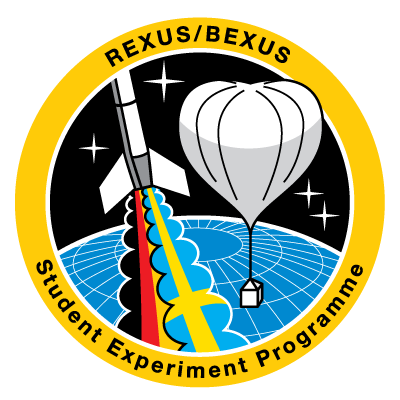
The programme is realised under a bilateral Agency Agreement between the German Aerospace Center (DLR) and the Swedish National Space Agency (SNSA). The Swedish share of the payload has been made available to students from other European countries through a collaboration with the European Space Agency (ESA). EuroLaunch, a cooperation between the Swedish Space Corporation (SSC) and the Mobile Rocket Base (MORABA) of DLR, is responsible for the campaign management and operations of the launch vehicles. Experts from DLR, SSC, ZARM and ESA provide technical support to the student teams throughout the project. REXUS and BEXUS are launched from SSC, Esrange Space Center in northern Sweden.
2016
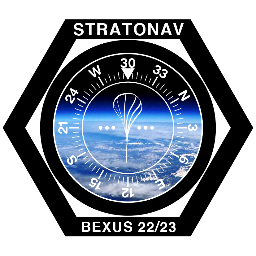
STRATONAV
STRATONAV (STRATOspherical NAVigation experiment) was the first BEXUS experiment of the S5LAB. The main goal was to test a VOR (VHF Omnidirectional Range) navigation system and to evaluate its accuracy above the estimated Standard Service Volume to determine a future operational range extension of VOR to stratospheric flights. The STRATONAV equipment was designed to be able to compute the BEXUS ground track by interfacing two or more measured radials simultaneously, thanks to a network of VOR ground stations located in the area around the launch-site. The VOR accuracy would then be evaluated by comparing the collected data with the estimated balloon path during its floating phase in the stratosphere. The main contribution offered by this experiment is the demonstration of the possibility of using a well-established, mature and available navigation system as a stand-alone positioning system method or as add-on of current and future other space-borne positioning systems. The mission successfully launched on the 5th of October 2016, with findings shared in technical papers in the following months.
2019
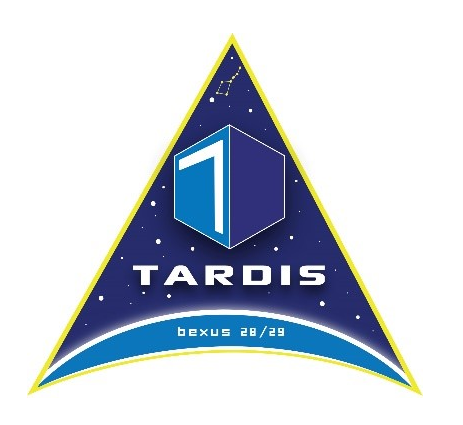
TARDIS
The TARDIS (Tracking and Attitude Radio-based Determination In Stratosphere) mission follows closely in the footsteps of the previous S5Lab BEXUS experience and aimed to build on the results obtained by STRATONAV. TARDIS aimed at testing an alternative in-flight attitude and position determination system based on the processing of the VOR signal and a radio-based tracking system, with the goal of calculating the experiment position in real time by analysing the received VOR signals and intersecting the decoded VOR radials. The experiment attitude would then be deduced by evaluating the VOR received signals power from different antennas, using their radiation patterns to determine the received signal direction. The tracking system featured a steerable antenna which was pointed towards different VOR ground stations throughout the flight. Confirmation of the behaviour, accuracy and reliability in stratospheric flight of the tested system could open the doors to deployment on HAPS (High Altitude Platform Stations), stratospheric platforms meant for pseudo-satellite applications. The experiment successfully launched on the 25th of October 2019.
2023
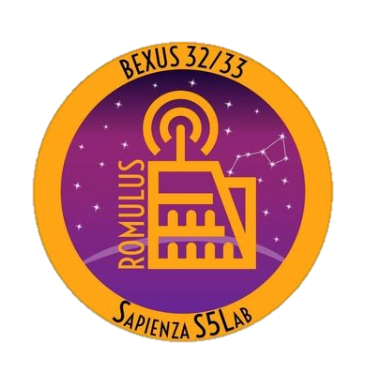
ROMULUS
The ROMULUS (Radio Occultation Miniaturized Unit for LEO and Upper Stratosphere) aimed to perform GNSS Radio Occultation from a stratospheric balloon, testing a miniaturized unit based on a Software Defined Receiver (SDR) and commercial off-the-shelf components. The goal of the mission was to demonstrate the contribution of GNSS (Global Navigation Satellite System) Radio Occultation (RO) atmospheric data to enhance numerical weather prediction and climate monitoring by increasing the daily RO profiles over the regions of interest together with lowering the costs. By performing RO measurements, ROMULUS could demonstrate an optimal complementary solution to the standard technique operated from Low Earth Orbit (LEO) satellites and ground receivers. During flight, ROMULUS will receive occulting GNSS signals with SDRs, with observables then being sent to the ground station as input for an analysis software which would obtain profiles of refractivity, density, pressure, and temperature, from an altitude of about 4 km up to the maximum altitude of the balloon. The mission successfully launched on the 24th of September 2023.
2024
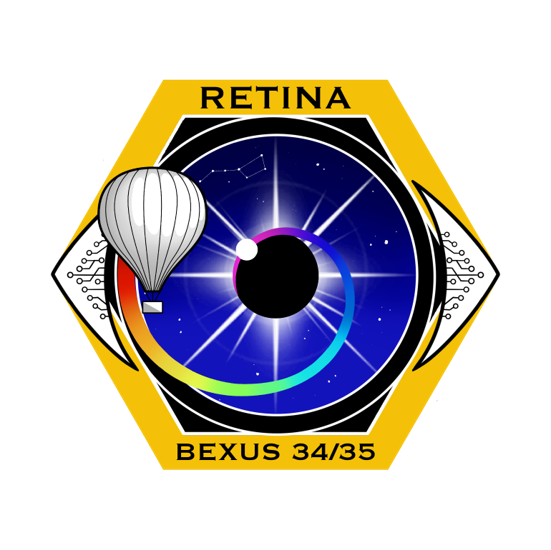
RETINA
RETINA (Real-time Experiment for Thermal management, Inertial Navigation and Attitude) featured four concurrent experimental campaigns, which aimed to perform innovative research in novel systems in order to increase their Technology Readiness Level (TRL). Firstly, RETINA aimed to perform the first in-flight demonstration of attitude determination through AI algorithms, testing the accuracy and reliability of a robust neural network in a real life scenario. To manage thermal fluxes from the on board computer running the AI, heat fluxes will be managed by RETINA’s thermal management experiment, which will conduct the first in-flight demonstration of a miniaturized thermal two-phase cooling system. Together with the AI system, the mission also aimed to test and validate different real-time attitude and positioning data fusion algorithms using measurements from an array of low-cost COTS IMUs. Finally, RETINA will perform the first in-flight demonstration of a Flexible Time-Triggered Ethernet (FTTE) network, allowing for communication speeds up to Gbps between different end systems. The mission successfully launched on the 4th of October 2023.
2026
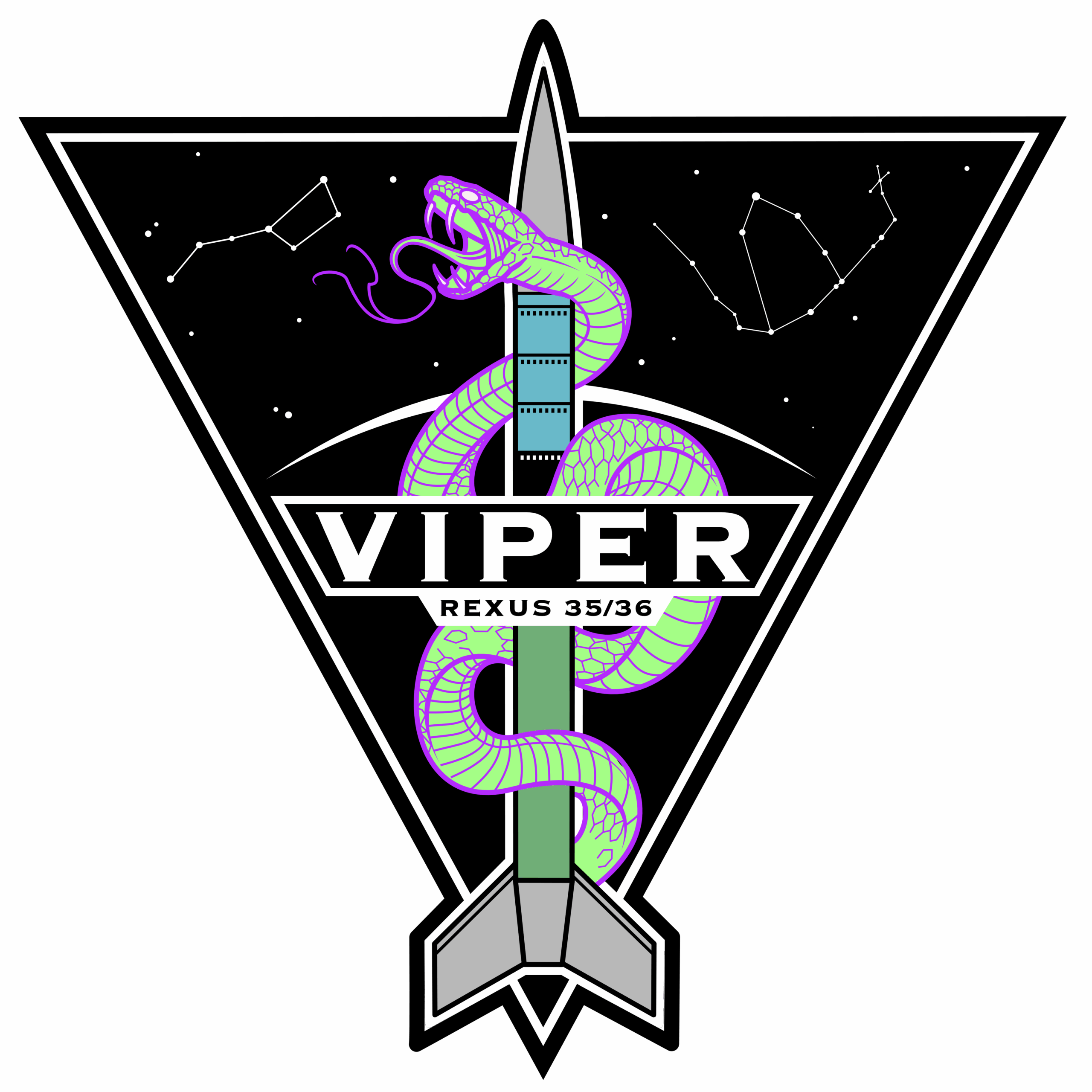
VIPER
The VIPER (Vibro-mechanical and Inertial Positioning Experiment on Rocket) mission, the first on board the REXUS launch vehicle, involves three concurrent experimental campaigns, designed to address key challenges related to launch vehicle structural dynamics, payload performance and navigation technologies. The first focuses on the analysis of the variation of modal frequencies and mode shapes of the REXUS launch vehicle throughout its flight envelope, which will allow us to verify the accuracy of predictive models that simulate the launcher’s structural behaviour. The second experimental campaign is focused on developing vibration mitigation strategies for payload systems, with a strong emphasis on CubeSat integration, to identify and validate effective solutions for minimizing vibrational loads transmitted to payloads. Finally, the last experiment involves the development and validation of a distributed Inertial Navigation System (INS). The mission is set to launch on board REXUS 36 in March 2026.
